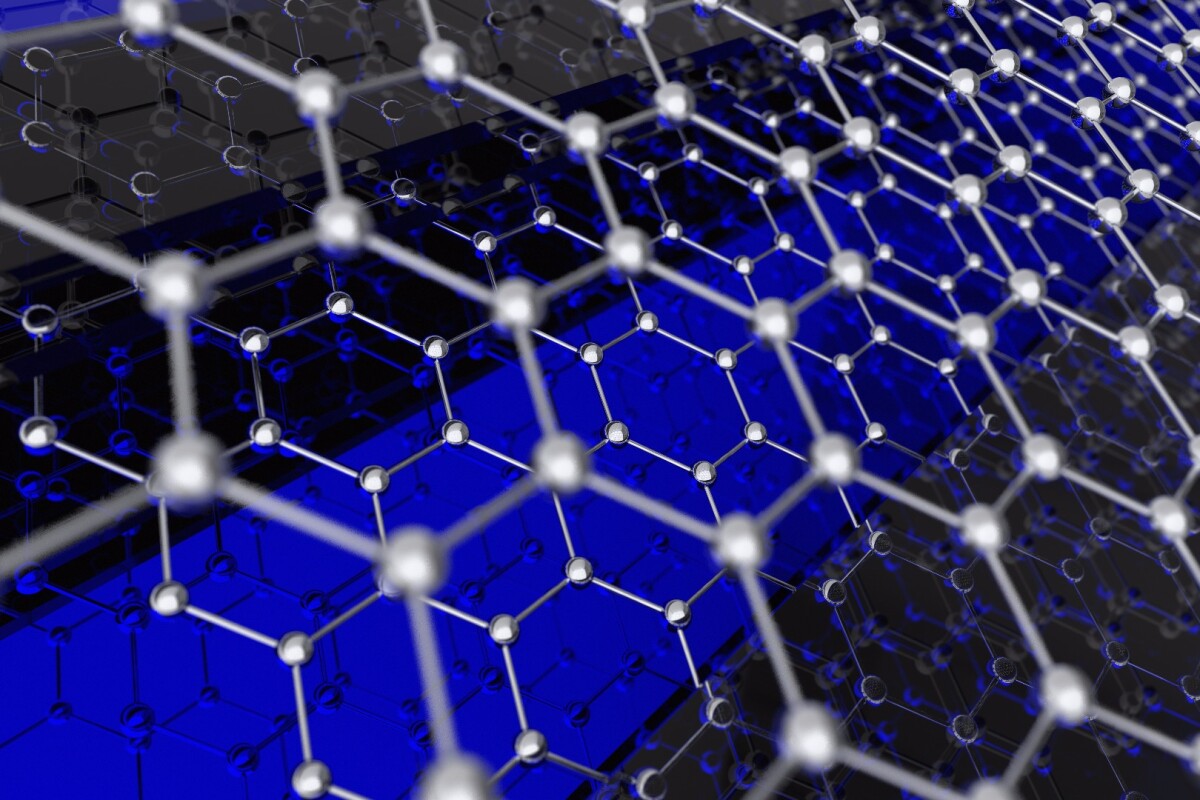For years, the two-dimensional material, graphene, has shown promise in making electronics smaller and more efficient. Now scientists have designed a graphene-based transistor that works with ultra-low power consumption and which could ultimately be used to increase the clock speed of processors up to a staggering 100 GHz.
Traditional transistors allow electrons, triggered by a power source, to jump through an energy barrier to change the current on the other side. They work fine, but we can't really get them to be much more energy efficient than they currently are.
Enter tunnel transistors. Operating on less power than standard transistors, these allow electrons to pass through the energy barrier by quantum-tunneling - effectively, they "teleport" through the energy barrier. The problem with these so far is that the current coming through to the other side is too small to be practical.
Now, scientists at the Moscow Institute of Physics and Technology (MIPT) have found a way to use graphene to increase the tunneling current. Graphene is essentially a two-dimensional construct, made up of a sheet of carbon only one atom thick, and at that size it has some unusual electronic properties.
The researchers have used modeling to examine bilayer graphene – two layers of graphene bonded together – and discovered something strange about its energy band, or the range of energies that its electrons can have. Bilayer graphene's energy band resembles the shape of a "Mexican hat," instead of the parabolic shape that most semiconductors produce.
The significance of this is that the density of electrons around the edge of the hat shape tends to infinity (known as a van Hove singularity), and when a small voltage is applied to the transistor gate, a huge number of those electrons will begin to tunnel at once, resulting in a sharp change in current on the other side of the energy barrier. The end result is the same as a standard transistor, but it requires a much smaller voltage.
"This means that the transistor requires less energy for switching," says Dmitry Svintsov, one of the authors of the paper. "Chips will require less energy, less heat will be generated, less powerful cooling systems will be needed, and clock speeds can be increased without the worry that the excess heat will destroy the chip."
Bilayer graphene transistors can also skip the complex step of "chemical doping," which is necessary in the production of traditional transistors to extend the energy band of semiconductors. In this case, the same result is reached through "electrical doping," a side effect of the same process that runs the transistor.
The researchers explain that the edges of the "Mexican hat," where all the important things are happening, were previously hard to measure, but by using better quality substrates (the materials which the bilayer graphene samples were built on top of), they were able to make it clearer and experimentally confirm the van Hove singularity for the first time.
The bottom line is, with an operating voltage range of 150 mV, compared to 500 mV in silicon transistors, bilayer graphene could be an efficient first step towards drastically increased computing power.
"At a lower power, electronic components heat up less," said Svintsov. "That means that they are able to operate at a higher clock speed – not one gigahertz, but ten for example, or even one hundred."
The team's results were published in the journal Scientific Reports.
Source: MIPT




